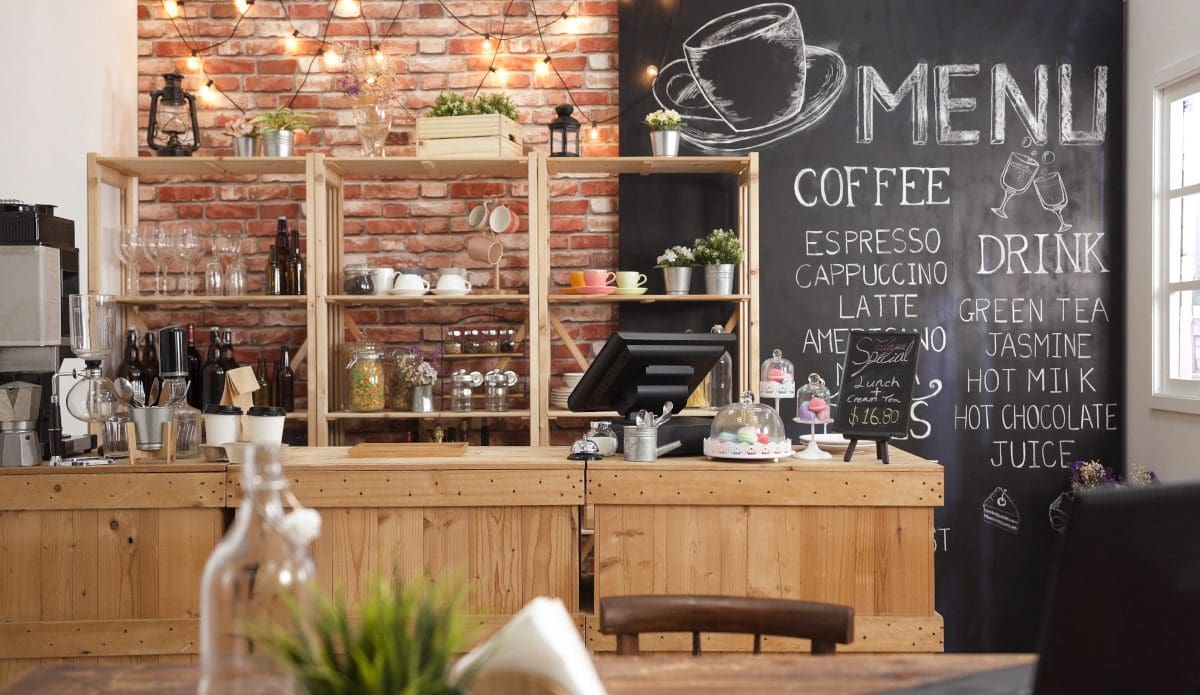NZ shoppers are demanding environmental accountability. How can you make your retail store more sustainable?
Consumers want their brands to be sustainable and are walking away from companies that are not. 44% of customers are more likely to buy from brands that have a clear, genuine commitment to sustainability. From big corporates to small bricks-and-mortar shops, the revolution is here.
In response to these changing attitudes, businesses are innovating and altering their practices. For example, Coca-Cola have said they’ll recover 75% of the bottles they introduce to market. J&J are determined to get a third of its energy needs from renewable energy sources. What is your business doing to become more sustainable?
Consumers want ethical, earth-friendly practices, and organisations that dismiss their concerns will find themselves with declining market share and poor social media. So how can you start making your practices more ethical, sustainable, and transparent?
1. Source Sustainable Products
This is arguably the most important thing you can do. Ensure the products you are selling are sourced from ethical companies. Make an effort to stock sustainable goods and highlight the product’s story in your display.
Some of the most well-known producers or distributors are not sustainable, so you’re going to need to do your research. You can search for sustainable brands on SPOT (sustainable product database).
It’s not just what you sell, but how you do it. Think about local providers to reduce the miles too. Even the most sustainable brand can become an eco-disaster if it’s flown into NZ.
2. Reduce Energy Use
By reducing your energy use, you’re not just cutting down on electricity bills, but you’re also reducing the need for power generation. Even in NZ, where most of our electricity is sourced from clean renewable sources, we shouldn’t be using more than we need. Install LED lighting, turn off electronics at the wall when not in use, and use low-power refrigerators and air conditioning.
3. Ditch the Use of Planes
If you have a larger business, it’s likely you’ll be flying staff and executives to various locations. Airmiles are incredibly bad for the world; make it video call whenever possible.
4. Reduce Waste
There are multiple forms of waste you can cut down on or manage better.
- Ensuring all plastic and cardboard are recycled correctly is a great start. Many councils also offer composting schemes which can be taken advantage of.
- Cutting back on water wastage is getting more and more important as water will become a scarcer (and more expensive) resource. If you use water in any part of your manufacturing and cleaning processes, ensure they are as water- minimal as possible. Make sure all taps and plumbing systems are maintained and not leaking.
- Food waste, particularly from food retailers, needs to be managed well. When food goes to landfill, it produces methane gas which is 28 times more harmful than carbon dioxide. Up to 10% of global gas emissions are related to dumped food, with around a third of all produced food wasted every year.Dump as little food as possible by having short-dated food items sold at highly discounted rates. Investigate if it’s possible to send to food banks if it’s not expired. Food that is expired should be removed from packages and sent to composting rather than degrading inside plastic in a landfill.
- Clothing stores contribute a lot to our environmental decline too. Deadstock fabric, sale samples, and unsold stock—find a positive use for them. Don’t dump them. Can they be re-used in some way that doesn’t devalue your brand
5. Eco-Positive Delivery
How you package deliveries is important, but also how things are shipped. For long-distance shipping, choose a low emissions way (not air). For last-mile deliveries, using AI to create routes to ensure more efficient distances are travelled and in the most cost-efficient way.
6. Go Paperless
Ditch the reliance on pulping trees. Digital menus, signs, receipts, and electronic communication whenever possible.
7. Cleaning Products
While not the biggest or most glamorous step to take, it’s an easy switch to choose green cleaning products. While bleach will still be legally required for food preparation areas, there are earth-friendly products for everything else.
8. Empower Your Customers to Offset Their Impact
People don’t want the end of the world. And if they can do lots of little positive things, it all adds up. If you help them, it reaps social media rewards- and repeat customers. A café that encourages use of KeepCups. A store that says they are going to plant a tree for every X number of sales. Maybe you’re a clothing brand that takes your old, worn-out clothes and recycles them into something cool (need a dump-bin for the old clothes?).
9. Make Plastic, Fantastic (and Tell Your Customers Why)
Plastic is versatile, safe, and cheap. It’s not going away. And for most reasons, it’s the most viable and environmentally friendly option. Compostable packaging or cardboard is something that has to be sourced, manufactured, and then it’s… thrown in the rubbish.
What a waste.
However, if you use plastic, you can help close the recycling loop. Some types of plastic are infinitely recyclable, giving it a lifecycle that never ends, ensuring the plastic is used again and again. Use recyclable plastic rather than non-recyclable (for example, food containers being polypropylene and not Styrofoam).
You can also help by using plastic that already contains recycled matter. This could include carpets in the fitout, the fabric used for employee uniforms, or crates. If you’re looking for shopping baskets in NZ that are made from recycled matter, contact us to find out more.
If you produce plastic in some form, you must enable all plastic to be recycled. While this looks different for each type of organisation, you must find a way to capture all plastic waste, and ensure it is cleaned, separated, and recycled.
10. Make Sustainability Part of Your Brand
Above all, make sure to tell your customers that you’re sustainable. Your content on your social media, the in-store narrative, everywhere and anywhere. Be honest, transparent, and also truthful about the future and what you have to do to improve (and the steps you’re taking to get there).
The flow-on effects of this are fantastic; you’ll attract quality staff aligned to your ethics, you’ll have loyal customers, and you can feel a bit better about the impact you’re having on the planet.




